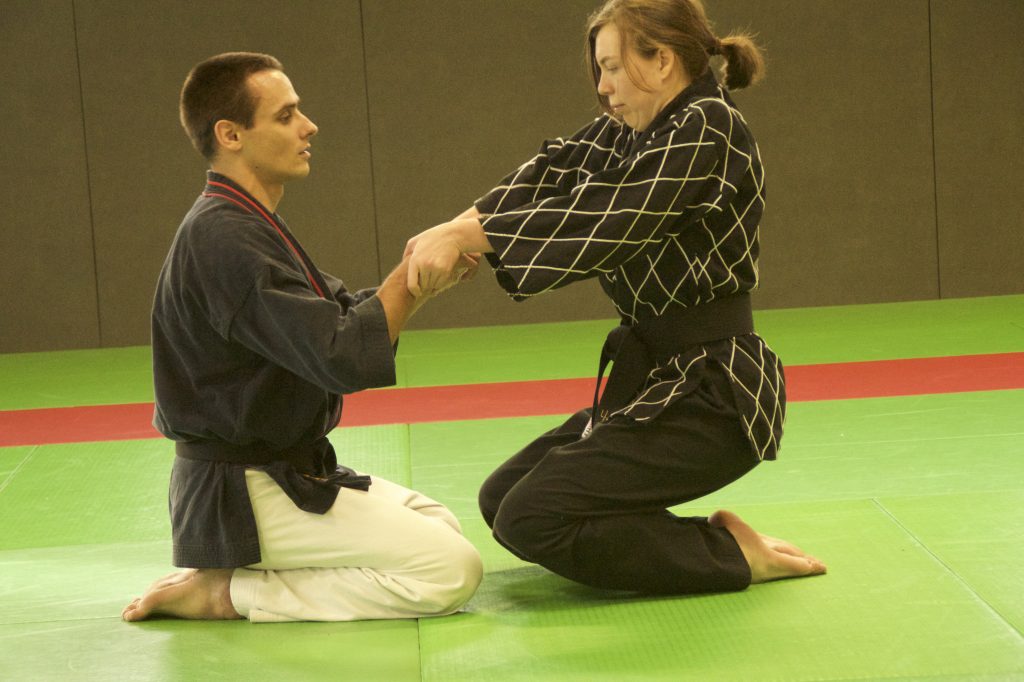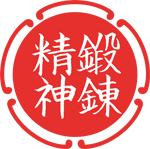In the recent New Zealand workshops, I put quite a bit of focus on two ideas: mobility and quality of contact. Mobility can be done at a variety of levels, be it very basic head/sternum/diaphragm/pelvis realignment or something way more complex involving multiple layers in the body, but they all have to deal in some way with the quality of contact.
So what is quality of contact and why is it so important?
Bujutsu in essence consists in dealing with forces applied by non-complacent people. There are many ways of dealing with these forces. One of them consists in breaking the structure of the person in front of us, hence reducing his ability to apply a force. This is typically what we try to do in Nihon Taijutsu when performing a Te Hodoki. Another one consists in moving things around in our body, usually around the point of contact.
Let’s take a basic example: age te from a seiza position. One way to raise my hands is to use leverage: understanding the angles where I am stronger than my partner and that will make him move. Sometimes creating a tension at the point of contact to “connect” with him. Another way is to realign my body and feel what in my body is actually free to move: shoulders, sternum, spine, hips, head, etc. are not actually blocked by the action of my partner who is merely holding my wrists, although tightly. Playing with this mobility allows to look for a point where the pressure at the point of contacts becomes different, although the point of contact itself actually never moved. When this point is reached, lifting the hands becomes easy again, as if the partner was not here anymore.

Aunkai in my opinion is “self-centered” as in Akuzawa sensei is never really focusing on his partner, the angle and timing that would help take him down. Rather he focuses on getting his own structure properly set and on moving naturally, as if you were simply not here. That allows him to give no information at the point of contact as he’s not trying to move you, he’s just moving himself.
Both methods have their strong points, and are not necessarily mutually exclusive. They are more like two different approaches of the same thing and different schools will have different preferences. For us at the Seishin Tanren Dojo, changing this quality of contact and fixing ourselves first is critical. I do believe Bujutsu is not much different from other dimensions of our lives and in this sense is close to some of the teachings of yoga and/or meditation: at the end of the day, you can only change yourself.
“Be the change you want to see in the world.”
Mahatma Gandhi

